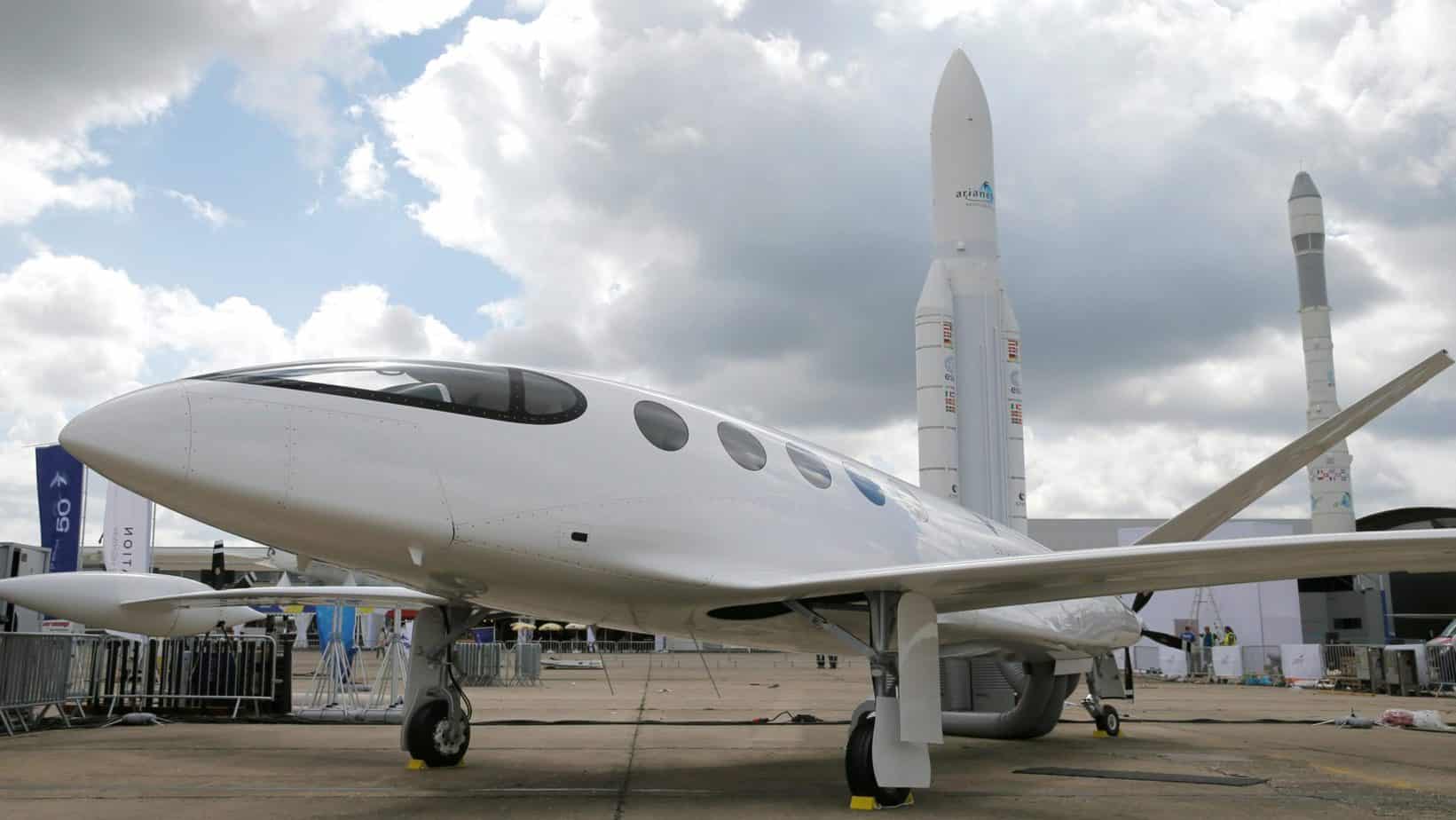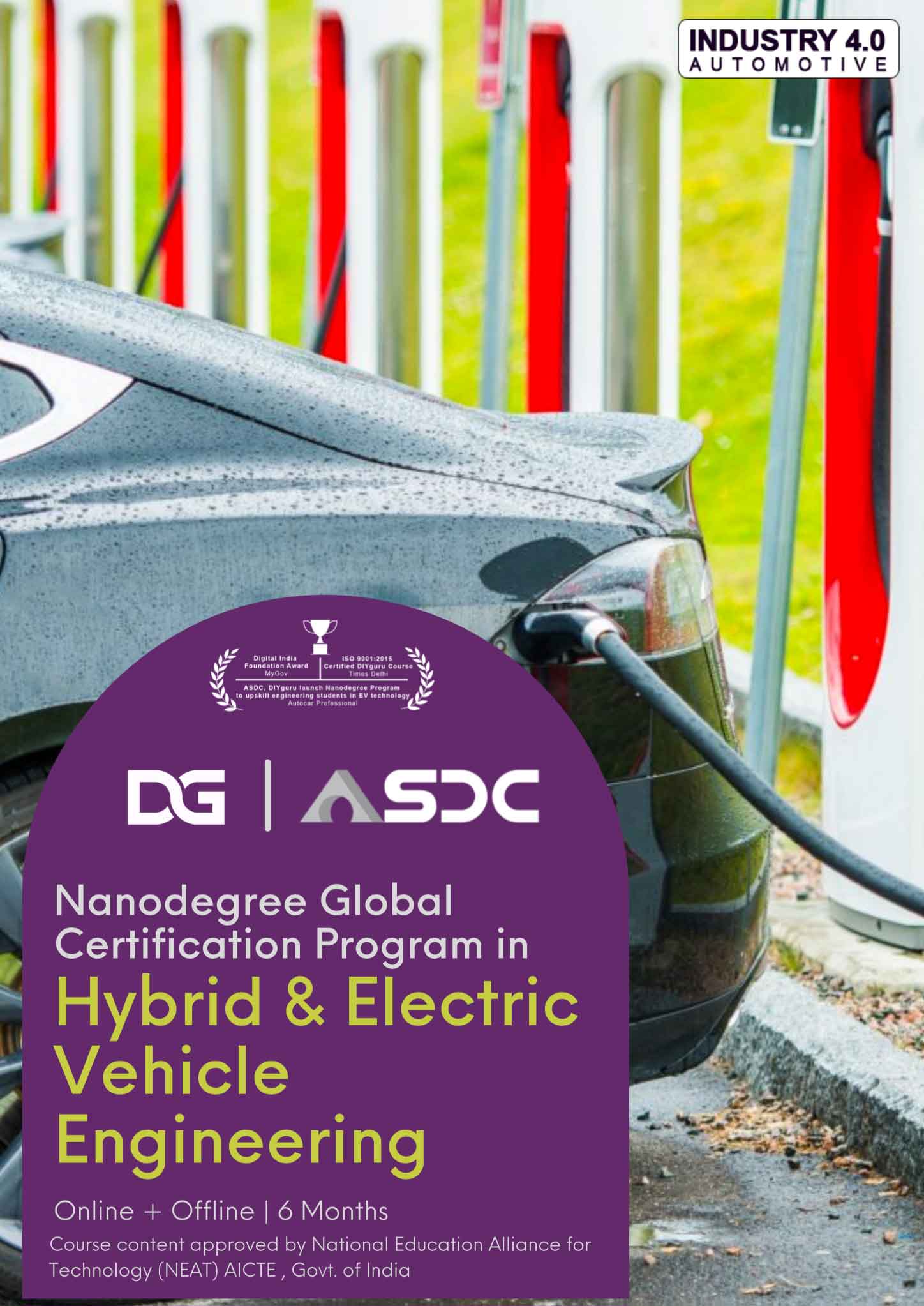The Paris Air Show sold $15 billion in planes. A $4 million electric stole the show
First came propellers. Then jet engines. Now the electric motor is starting to reshape aircraft.
The world’s largest aerospace event, the Paris Air Show, was held this week. By the numbers, the electric airplanes on display were a sideshow. More than 400 fossil fuel-powered aircraft worth $15 billion were sold as airlines stocked up to serve the world’s burgeoning demand for air travel.
But it was Cape Air’s order of the first commercial electric airplanes that drew particular attention. The Israeli startup Eviation Aircraft took a “double-digit” number of orders for a $4 million electric plane dubbed Alice. The aircraft can fly 650 miles (1,046 km) at around 500 miles per hour (805 km/h) with three electric motors on the tail and one on each wingtip. The prototype carries a 900 kWh lithium-ion battery (about nine times bigger than Tesla’s largest automotive battery).
Extending 40 ft (12 m), the plane carries just nine passengers, but that’s fine for Cape Air, a regional airline in the state of Massachusetts that completes hundreds of short flights each day. Its 92 planes serve about half a million passengers annually, making it one of the largest regional airlines in the US.
Cape Air’s short hops make it a perfect match for electric flight. Batteries can’t yet store as much energy as liquid fuel, making them unsuitable for long-haul flights where they’d add too much weight. But for flights under a few hundreds miles (the distance will grow as batteries improve), electric propulsion is much cheaper: 10 times less expensive for fuel alone, says electric motor maker MagniX. With lower maintenance, faster turnaround, and more durable systems, electric aircraft can save millions of dollars for short-haul airlines each year.
But large jet aircraft makers aren’t waiting for the electric revolution. Hybrid technology, in which electric-assist kicks in throughout the flight, will be ready in the next few years. Boeing and JetBlue have invested in Zunum Aero to roll out a hybrid craft later this year. Right behind is the merged United Technologies-Raytheon releasing a hybrid retrofit of its regional turboprop, and Airbus’s entry is due out in 2022. Meanwhile the number of electric aircraft under development keeps growing. Consultancy Roland Berger expects the number to jump from 170 to 200 by year’s end.
If the economics isn’t enough, the climate crisis is. The aviation industry contributes 2% to 3% of global emissions, and countries can’t reach their climate goals without addressing that. Sweden and Norway say they plan to make all short flights electric by 2040. Scotland, the Netherlands, California, and the UK have all begun putting financial incentives in place to reduce aviation emissions. Customers are ahead of them: Investment bank UBS reports 22% of people it surveyed in the US and Germany were already cutting back on air travel for environmental reasons. For those under 44, it exceeded 50%.












 Course work & interactions are 100% online.
Course work & interactions are 100% online.












0 responses on "First came propellers. Then jet engines. Now the electric motor is starting to reshape aircraft."